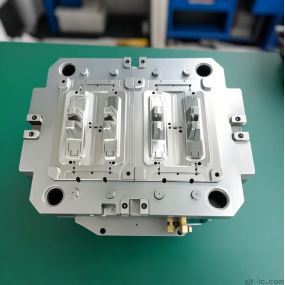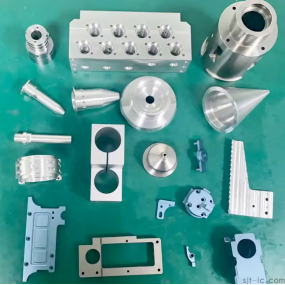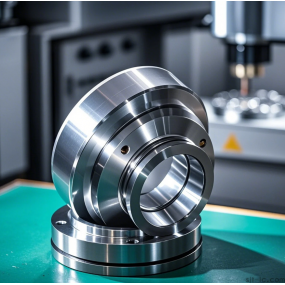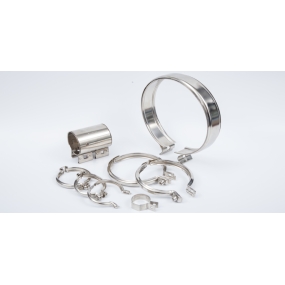As a leading CNC Machining service provider, EMAR specializes in precision manufacturing of aluminum components. This article explains the technical process and advantages of CNC aluminum plate machining for industrial buyers and engineers.
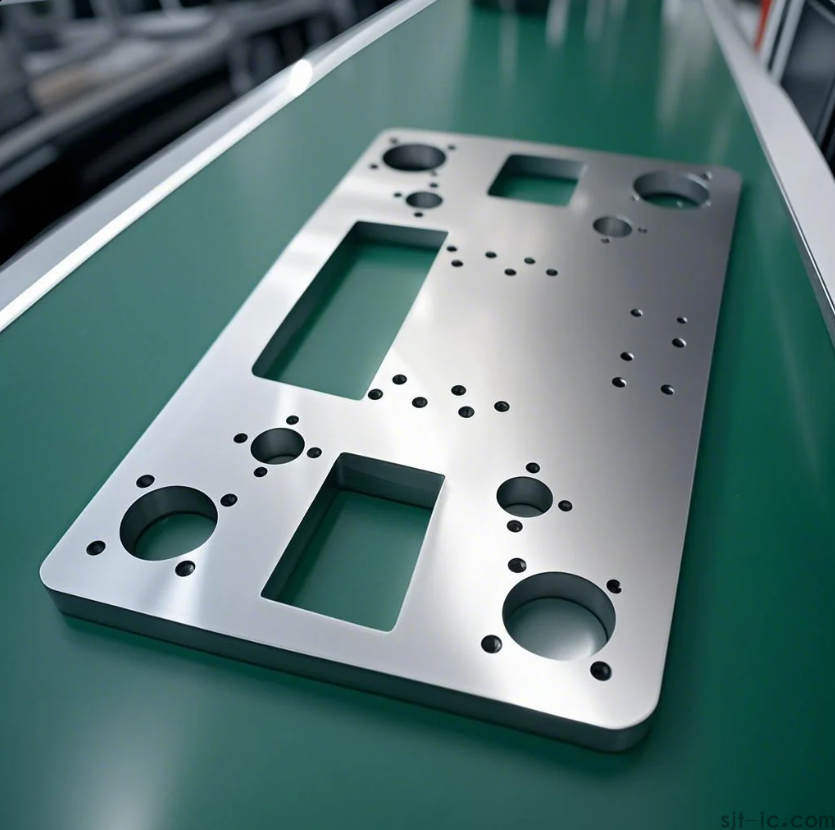
The CNC Machining Process for Aluminum Plates
1. Material Preparation: Selecting appropriate aluminum alloys (6061, 7075, etc.) based on application requirements
2. CAD/CAM Programming: Converting design files into machine-readable G-code with precise toolpaths
3. Fixture Setup: Securing aluminum plates using vacuum chucks or custom jigs to prevent vibration
4. Precision Cutting: Executing milling, drilling, and tapping operations with carbide end mills
5. Surface Finishing: Applying secondary processes like anodizing or powder coating as needed
Key Advantages of CNC Aluminum Machining
• ±.005mm dimensional accuracy for critical components
• Superior surface finish (Ra .8μm achievable)
• Complex geometries including thin-wall structures
• Batch production consistency (1-10,000+ pieces)
Why Choose EMAR for Your Aluminum CNC Projects?
Our Shenzhen-based facility operates 42 advanced CNC centers with:
- 5-axis simultaneous machining capability
- In-house quality lab with CMM inspection
- ISO 9001-certified production system
- 15+ years aerospace and automotive experience
Contact our engineering team at www.sjt-ic.com for DFM analysis and instant quoting on your aluminum machining projects.


 Spanish
Spanish Arabic
Arabic French
French Portuguese
Portuguese Belarusian
Belarusian Japanese
Japanese Russian
Russian Malay
Malay Icelandic
Icelandic Bulgarian
Bulgarian Azerbaijani
Azerbaijani Estonian
Estonian Irish
Irish Polish
Polish Persian
Persian Boolean
Boolean Danish
Danish German
German Filipino
Filipino Finnish
Finnish Korean
Korean Dutch
Dutch Galician
Galician Catalan
Catalan Czech
Czech Croatian
Croatian Latin
Latin Latvian
Latvian Romanian
Romanian Maltese
Maltese Macedonian
Macedonian Norwegian
Norwegian Swedish
Swedish Serbian
Serbian Slovak
Slovak Slovenian
Slovenian Swahili
Swahili Thai
Thai Turkish
Turkish Welsh
Welsh Urdu
Urdu Ukrainian
Ukrainian Greek
Greek Hungarian
Hungarian Italian
Italian Yiddish
Yiddish Indonesian
Indonesian Vietnamese
Vietnamese Haitian Creole
Haitian Creole Spanish Basque
Spanish Basque

